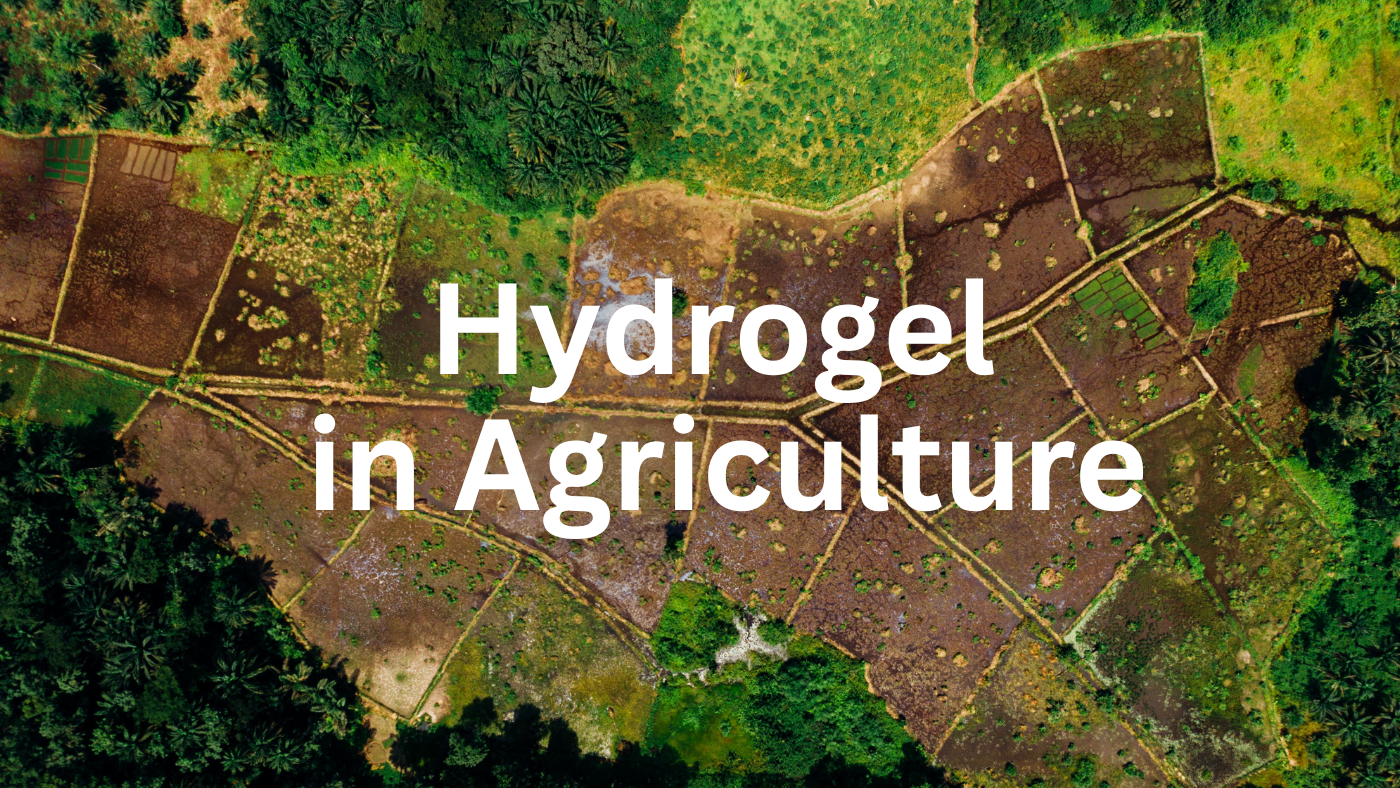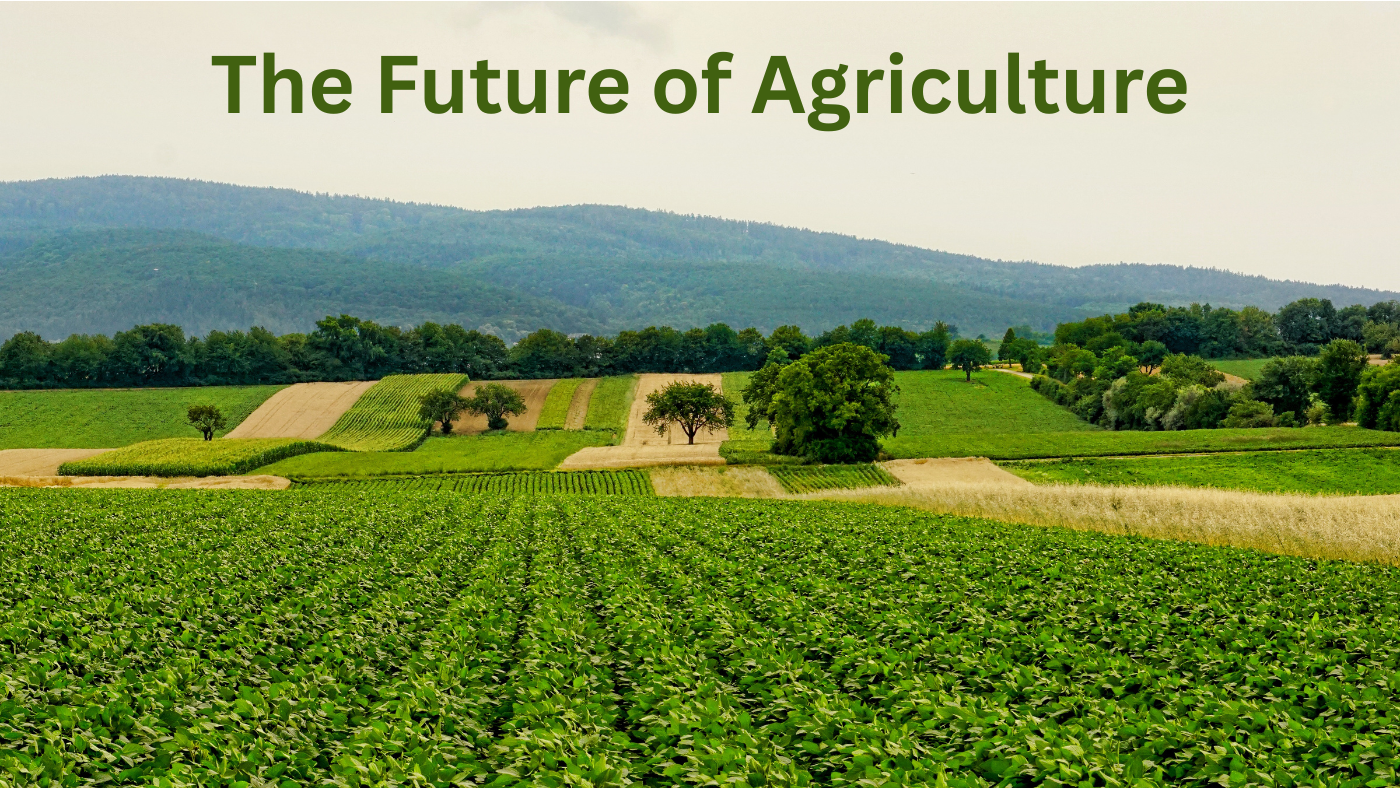Did you know that hydrogel technology can reduce water usage by up to 50% in drought-prone farming regions? By retaining moisture in the soil, hydrogels are enabling farmers to grow crops more efficiently, even in the harshest of climates.
This guide will help you understand:
- How hydrogel technology helps retain water in soil for longer periods
- Benefits of hydrogels for small-scale farmers in drylands
- Government initiatives and startup innovations making hydrogels accessible to farmers
- Practical tips for using hydrogels to optimize water usage on your farm
🚰 What is Hydrogel and How Does it Work for Water Retention in Drylands?
Hydrogels are super-absorbent materials that can hold a significant amount of water relative to their size. These materials, typically made from synthetic polymers or natural compounds, have a unique ability to absorb and release water in response to moisture changes. This makes them ideal for improving water retention in drylands and drought-prone regions.
✅ Why Hydrogel Technology is Essential for Drought-Prone Farming:
- Hydrogels can hold up to 500 times their weight in water, making them invaluable in regions with inconsistent rainfall.
- They help conserve water by reducing the frequency of irrigation, leading to lower irrigation costs and more efficient water usage.
- Hydrogels ensure consistent soil moisture, even during dry spells, which supports healthier crop growth.
- This technology fosters sustainable farming practices by maximizing water efficiency and reducing environmental impact.
As hydrogel technology continues to gain traction in **arid regions**, it’s becoming a vital tool for farmers looking to improve crop yields and sustainability in the face of climate change.
🚰 Why Hydrogel is Gaining Popularity in Drought-Prone Regions
Hydrogels are quickly becoming a game-changer for farmers in drought-prone areas due to their ability to significantly improve water efficiency, reduce costs, and enhance crop yields. Let’s explore how this innovative technology is transforming agriculture in water-scarce regions.
1. Boosting Water Efficiency in Agriculture
In drought-stricken regions, water is a precious and often scarce resource. Traditional irrigation methods frequently lead to substantial water wastage through evaporation and runoff. Hydrogel technology optimizes water use by storing moisture in the soil and releasing it gradually when plants need it. This ensures that crops receive consistent hydration, even when external water sources are limited, reducing the reliance on costly irrigation systems.
2. Sustainable and Cost-Effective
Hydrogel technology is a sustainable solution for water retention. Unlike traditional methods that require constant replenishment, hydrogels can be reused multiple times, offering long-term cost savings. This makes hydrogels an affordable option for small and medium-scale farmers who face financial constraints. Additionally, government-backed subsidies and support from tech startups are making hydrogels more accessible to farmers in drought-prone areas.
3. Enhanced Crop Yield
By preventing water stress, hydrogels play a vital role in improving crop health, especially in arid zones where water scarcity can severely hinder productivity. With consistent moisture levels, crops can thrive even in harsh weather conditions. This not only boosts crop yield but also improves profitability, making farming more sustainable and viable in drylands.
🚰 The Role of Government and Startups in Hydrogel Adoption for Sustainable Farming
Governments and startups are playing a crucial role in advancing the use of hydrogel technology in drought-prone areas. This water-absorbent innovation offers a sustainable solution to combat water scarcity and improve crop yields in drylands. With a growing recognition of the technology's potential, support from both government agencies and agritech startups is driving its widespread adoption.
✅ Government Support and Incentives for Drought-Prone Farmers:
- Governments are backing pilot programs in drought-affected regions to assess the effectiveness of hydrogels in improving soil moisture retention.
- Subsidies and grants are being offered to make hydrogel technology more affordable for farmers, reducing the initial investment burden.
- Training programs are being introduced to ensure farmers can effectively apply and benefit from hydrogel solutions.
✅ Startup Innovations in Hydrogel Technology:
- Agritech startups are exploring innovative solutions to enhance hydrogel efficiency, making them more effective at water retention and longer-lasting.
- Research is focused on developing hydrogels that are more environmentally friendly, biodegradable, and cost-effective, ensuring broader adoption.
- Startups are creating affordable hydrogel solutions tailored to meet the specific needs of local farming communities, fostering greater accessibility.
These combined efforts are accelerating the adoption of hydrogel technology, offering farmers a reliable, cost-effective tool to address the challenges of water scarcity and ensure sustainable farming in arid regions.
🚰 Advantages of Hydrogel for Drought-Prone Farms
Hydrogel technology offers several significant benefits for farmers operating in drought-prone regions. By optimizing water retention in soil, hydrogels are revolutionizing the way water is used in agriculture. Here are the key advantages:
- Increased Soil Moisture Retention: Hydrogels can store up to 1000 times their weight in water, providing an efficient solution to maintain consistent soil moisture levels, even during dry spells.
- Reduced Irrigation Frequency: By holding moisture in the soil, hydrogels allow farmers to reduce the frequency of irrigation, saving on water costs and minimizing the need for external water sources.
- Environmentally Friendly: Unlike other water retention methods that may rely on synthetic chemicals, hydrogels are biodegradable and do not harm the soil or the environment, supporting sustainable farming practices.
- Enhanced Root Development: Maintaining optimal moisture levels with hydrogels encourages healthy root growth, resulting in stronger, more resilient crops that are better able to withstand drought conditions.
As a sustainable and cost-effective solution, hydrogel technology is enabling farmers to cope with water scarcity while improving crop productivity and environmental stewardship in drought-prone areas.
🌍 Where is Hydrogel Being Used?
Hydrogel technology is gaining momentum across the globe, especially in regions facing severe water scarcity. Its ability to retain moisture and reduce irrigation dependency is transforming farming practices in drought-prone areas. Here’s how it’s being used:
- India (Rajasthan and Desert Regions): Farmers in Rajasthan and other arid regions are utilizing hydrogels to grow crops like wheat, barley, and vegetables, even in the harsh desert environment. The technology helps conserve precious water resources, making agriculture feasible in areas traditionally considered unsuitable for farming.
- Africa (Semi-Arid Regions): In parts of Africa, particularly in semi-arid zones, hydrogels are assisting farmers in combating water challenges. By enhancing soil moisture retention, farmers are able to maintain crop health during long dry periods, boosting food security.
- Australia (Horticulture Farms): Hydrogel technology is helping Australian horticulture farms, especially those dealing with sandy soils, to retain moisture more efficiently. This aids in maintaining optimal soil conditions for crop growth, reducing water waste and increasing sustainability.
Hydrogels are proving to be a game-changer for farmers in regions where water is scarce, enabling them to improve yields and sustainability in the face of climate challenges.
🔮 The Future of Hydrogel Technology in Agriculture
The future of hydrogel technology in agriculture holds immense promise. With continuous advancements in the material’s composition and applications, hydrogels are poised to revolutionize the way we approach water retention in farming. Here’s why:
- Advancements in Hydrogel Composition: Researchers are continuously working to enhance the performance of hydrogels by improving their water retention capacity, biodegradability, and environmental compatibility. This means that future hydrogel solutions will be even more effective at maintaining soil moisture while being eco-friendly.
- Smart Farming Integration: As agriculture moves towards precision farming, hydrogel technology will become a key component of smart farming systems. By combining hydrogels with IoT devices and AI-driven sensors, farmers will be able to optimize water usage and make data-driven decisions for crop management.
- Global Impact on Water Scarcity: The growing recognition of the role hydrogels play in addressing global water crises is leading to more investment in research, infrastructure, and commercialization. As a result, the adoption of hydrogel technology is set to expand rapidly, offering a sustainable solution to water-scarce regions worldwide.
- Widespread Adoption in Drylands: With governments, agritech startups, and international organizations supporting hydrogel research and development, this technology will likely become widespread in drylands and drought-prone regions. This will transform farming practices in some of the world’s most water-scarce areas, improving food security and sustainability.
Hydrogel technology is quickly evolving into a cornerstone of sustainable agriculture. As it becomes more widely adopted, it will be a key solution to ensuring the future of farming in water-scarce regions, helping farmers grow crops efficiently while conserving vital water resources.
🌍 A Sustainable Solution for Drought-Prone Farms
Hydrogel technology is not just a trend—it's a revolutionary solution to combat water scarcity in agriculture. With government support, startup innovation, and sustainable practices, hydrogel technology is enabling farmers in drought-prone regions to enhance crop productivity and ensure water conservation. As the world faces mounting challenges due to climate change, hydrogels could play a pivotal role in making agriculture more resilient and sustainable.
🌱 Hydrogel Technology FAQs for Drought-Prone Farms
Hydrogel technology is revolutionizing water retention in agriculture—offering a sustainable solution for drought-prone regions. These FAQs address common questions about hydrogels, their benefits, and their applications in farming.
💧 Hydrogel technology uses super-absorbent polymers to retain large amounts of water and release it slowly, helping to maintain soil moisture even during droughts. It improves water efficiency and supports healthier crop growth.
🌍 Hydrogel benefits include:
- Improved soil moisture retention, reducing irrigation needs
- Reduced water usage, leading to cost savings
- Enhanced crop resilience in arid conditions
🌱 Yes, hydrogels are biodegradable and do not harm the environment. Unlike other water retention methods, hydrogels are made from natural materials and decompose safely in the soil over time.
🌾 Yes, hydrogels can enhance crop yields by maintaining optimal moisture levels, which leads to better root growth and healthier plants. This is especially important in water-scarce regions.
🇮🇳 In India, hydrogels are used in:
- Rajasthan and other desert regions for crops like wheat and barley
- Vegetable farming in water-scarce areas to reduce irrigation needs
💰 Yes, hydrogels are becoming more affordable with increasing availability. Many agri-tech startups are offering cost-effective solutions tailored to small and medium-sized farms.
⏳ Hydrogels typically last for one to two seasons depending on soil conditions and the amount of rainfall. After decomposing, they leave behind nutrients that can further benefit the soil.
🌾 Hydrogels are suitable for a wide variety of crops, including grains, vegetables, fruits, and flowers. Their effectiveness depends on the crop's water requirements and the local climate.
⚠️ While hydrogels offer many benefits, they may:
- Require an initial investment in materials
- Be less effective in extremely high rainfall areas
- Degrade over time, needing periodic reapplication
🔮 The future looks bright.
- Advances in material science will make hydrogels even more efficient
- Wider adoption in drought-prone regions globally
- Integration with smart farming technologies for better water management



